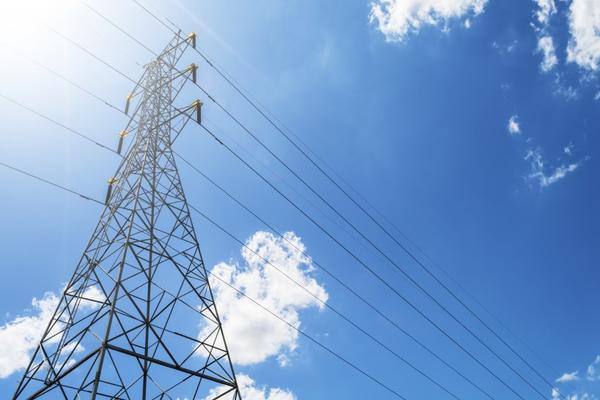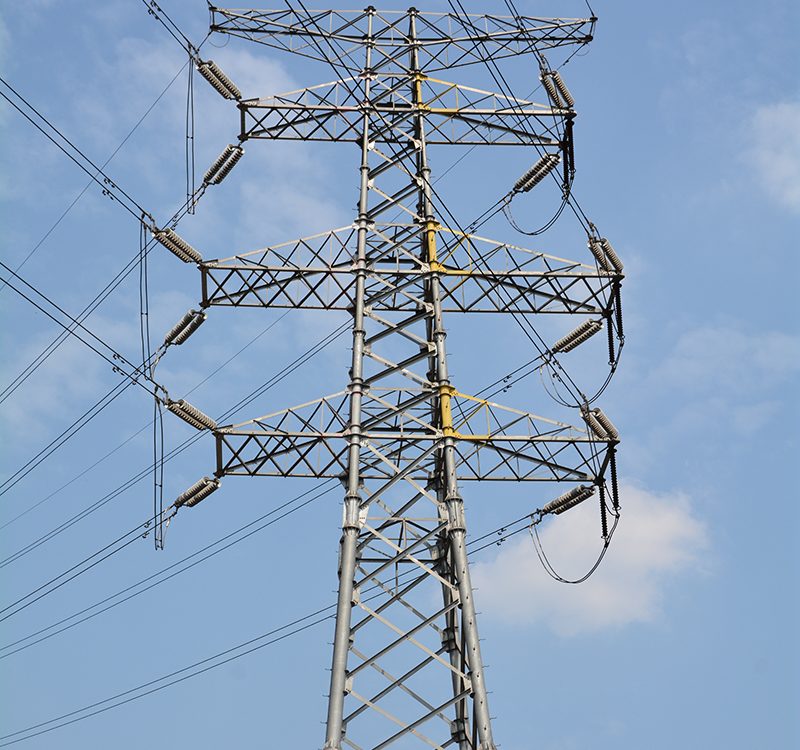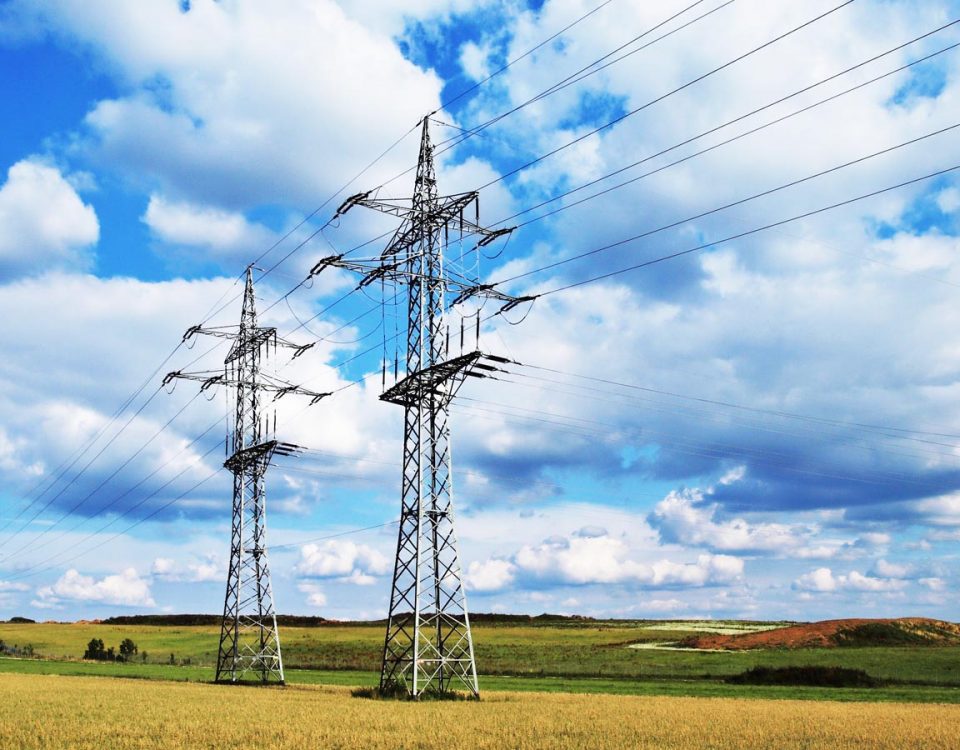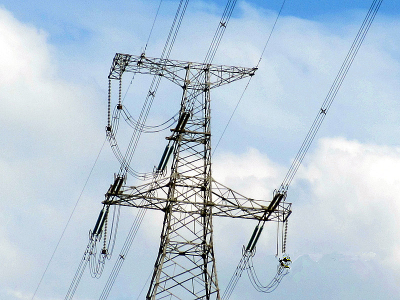
Forest Fire Observation Monitoring Steel Towers
November 29, 2024
Camouflage Tree Antenna Microwave Tower
December 10, 20244-Legged Angular Electric Transposition Lines Steel Tower
4-Legged Angular Electric Transposition Lines Steel Tower: A Comprehensive Guide
Electric transmission towers are vital components of power grids, ensuring the efficient and reliable delivery of electricity over long distances. Among the various types of transmission towers, the 4-legged angular electric transposition lines steel tower plays a crucial role in maintaining the stability and functionality of high-voltage power lines. These towers are specifically designed to support transposition lines, which are used to balance electrical phases and reduce interference in power transmission systems.
This article provides an in-depth look at the 4-legged angular electric transposition lines steel tower, including its design, components, manufacturing process, applications, and advantages.
What Is a 4-Legged Angular Electric Transposition Lines Steel Tower?
A 4-legged angular electric transposition lines steel tower is a type of transmission tower with a four-legged base structure made of angular steel. It is designed to support transposition lines, which are used to change the relative positions of electrical phases in a transmission line. This transposition helps to balance the electrical load, reduce electromagnetic interference, and improve the overall efficiency of the power grid.
Key Features of the 4-Legged Angular Steel Tower
- Four-Legged Base:
- Provides a stable and robust foundation.
- Distributes the load evenly across the structure.
- Angular Steel Construction:
- Made from angular steel sections, which are lightweight yet strong.
- Offers excellent resistance to wind and seismic forces.
- Transposition Line Support:
- Specifically designed to facilitate the transposition of electrical phases.
- Equipped with insulators and fittings to hold power conductors securely.
- High Voltage Capability:
- Suitable for high-voltage transmission lines, typically ranging from 110 kV to 765 kV.
- Corrosion Resistance:
- Often galvanized to protect against rust and corrosion, ensuring a long service life.
Importance of Transposition Lines in Power Transmission
Transposition lines are essential in high-voltage power transmission systems for the following reasons:
- Phase Balancing:
- Ensures that the electrical phases (A, B, and C) carry equal loads, reducing power losses.
- Reduction of Electromagnetic Interference:
- Minimizes the electromagnetic interference (EMI) caused by unbalanced phases, which can affect nearby communication lines.
- Improved System Efficiency:
- Balancing the phases reduces the impedance and improves the overall efficiency of the power grid.
- Voltage Stability:
- Helps maintain voltage stability across the transmission line, ensuring consistent power delivery.
The 4-legged angular steel tower is specifically designed to support these transposition lines, making it a critical component of modern power transmission systems.
Components of a 4-Legged Angular Steel Tower
The 4-legged angular electric transposition lines steel tower consists of several key components, each serving a specific purpose:
1. Legs
- Four angular steel legs form the base of the tower.
- Provide stability and support for the entire structure.
- Designed to withstand vertical loads, wind pressure, and seismic forces.
2. Main Body
- The central section of the tower, connecting the legs to the cross-arms.
- Made of angular steel sections for strength and durability.
3. Cross-Arms
- Horizontal members extending from the main body.
- Support the power conductors and insulators.
- Designed to maintain the required spacing between conductors to prevent electrical arcing.
4. Insulators
- Attached to the cross-arms to hold the power conductors.
- Provide electrical insulation between the conductors and the tower.
5. Bracing
- Diagonal members connecting the legs and main body.
- Enhance the structural integrity of the tower by distributing loads evenly.
6. Base Plates and Anchor Bolts
- Base plates are attached to the bottom of the legs and anchored to the foundation using bolts.
- Ensure a secure connection between the tower and the ground.
7. Ladders and Platforms
- Provide access for maintenance and inspection.
- Platforms are located at various levels for workers to perform tasks safely.
8. Galvanized Coating
- A protective zinc coating is applied to the steel components to prevent rust and corrosion.
Manufacturing Process of 4-Legged Angular Steel Towers
The manufacturing of a 4-legged angular electric transposition lines steel tower involves several steps to ensure the structure meets the required specifications and standards.
1. Design and Engineering
- Engineers create detailed designs and specifications based on the project requirements, including the voltage level, wind load, and terrain conditions.
- Computer-aided design (CAD) software is used to model the tower and simulate its performance under various conditions.
2. Material Selection
- High-quality angular steel is selected for its strength, durability, and corrosion resistance.
- The steel is tested to ensure it meets the required mechanical and chemical properties.
3. Cutting and Shaping
- Steel sections are cut and shaped into the required dimensions using CNC machines and hydraulic presses.
- Holes are drilled for bolts and connections.
4. Galvanization
- The steel components are hot-dip galvanized to protect against rust and corrosion.
- The galvanization process involves dipping the steel in molten zinc, creating a durable protective coating.
5. Assembly and Testing
- The tower is pre-assembled in the factory to ensure all components fit together correctly.
- Load testing and wind resistance testing are performed to verify the tower’s structural integrity.
6. Transportation and Installation
- The tower components are disassembled and transported to the installation site.
- The foundation is prepared, and the tower is erected using cranes and other heavy equipment.
Applications of 4-Legged Angular Steel Towers
The 4-legged angular electric transposition lines steel tower is used in a variety of applications, including:
- High-Voltage Power Transmission:
- Supports transposition lines in high-voltage transmission systems, ranging from 110 kV to 765 kV.
- Long-Distance Power Transmission:
- Ideal for transmitting electricity over long distances, such as between power plants and substations.
- Urban and Rural Power Grids:
- Used in both urban and rural areas to ensure reliable power delivery.
- Renewable Energy Integration:
- Supports the integration of renewable energy sources, such as wind and solar power, into the grid.
- Industrial Power Supply:
- Provides electricity to industrial facilities and large-scale manufacturing plants.
Advantages of 4-Legged Angular Steel Towers
The 4-legged angular electric transposition lines steel tower offers several advantages, making it a preferred choice for power transmission systems:
-
- High Strength and Stability:
- The four-legged design provides excellent stability and load-bearing capacity.
- Lightweight Construction:
- Angular steel sections are lightweight yet strong, reducing transportation and installation costs.
- Corrosion Resistance:
- Galvanized steel components ensure a long service life, even in harsh environmental conditions.
- Customizable Design:
- The tower can be customized to meet specific project requirements, such as voltage level and terrain conditions.
- High Strength and Stability:
- Ease of Maintenance:
- Ladders and platforms provide easy access for maintenance and inspection.
- Cost-Effective:
- The use of angular steel reduces material costs without compromising strength and durability.
Conclusion
The 4-legged angular electric transposition lines steel tower is a critical component of modern power transmission systems, ensuring the efficient and reliable delivery of electricity. Its robust design, high strength, and corrosion resistance make it suitable for a wide range of applications, from high-voltage transmission to renewable energy integration.
By understanding the design, components, and manufacturing process of these towers, engineers and project managers can make informed decisions to ensure the success of their power transmission projects.










